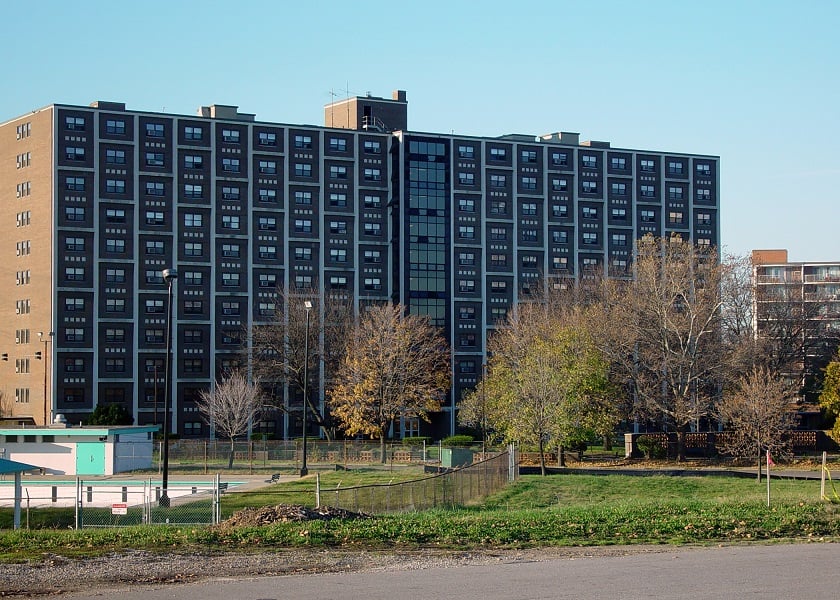After signing a contract to buy a condominium, you should receive a stack of documents about the condominium association. The contract usually provides a short period of time to review them, and it is important to make sure that the condominium unit matches your own budget and lifestyle.
Among these documents, there should be at least a condominium declaration and bylaws, a budget, a condominium disclosure, and a set of rules and regulations, if adopted. (Some small buildings do not adopt rules. Larger associations almost certainly will have them.)
The condominium declaration, bylaws, and rules and regulations describe the facilities and governance of the condominium. It is important to make sure that you understand the any restrictions, such as with facilities, construction, decorating, noise, pets, and rental of the units. If you intend to rent the unit out within a year or two, a building may not be suitable if rentals are capped and subject to a wait list. If you are a pet owner, make sure you will not be in conflict with the building rules! Pet restrictions can vary widely – including number, weight limits, tank size for fish, and sometimes an outright ban.
The budget should tell you about the income, expenses, and reserves of the building. With a condominium, you are buying the unit itself, along with a share of the building or development as a whole. Therefore, you are buying a share of the assets – both the existing facilities and the financial reserves. You are also taking on a shared responsibility to maintain and operate the building.
The condominium disclosure, sometimes referred to as a “Section 22.1 disclosure,” should provide information about the operation of the condominium itself, such as monthly and any pending special assessments, upcoming capital projects, insurance, and any litigation. This will help to identify ongoing or potentially upcoming circumstances that may factor into your decision.
It is often said that real estate is unique. That is certainly true as far as the location and all the factors that go with it – view, air and light, building amenities, neighborhood facilities and services, and the like. It also applies to the economics and governance of a condominium unit. For example, in a high-rise building, a unit at the top of the building can have a higher ownership stake and assessments compared to a seemingly identical unit lower in the building. In some buildings in Chicago, this may almost double from the bottom to the top floors!
Ultimately, these kinds of issues involve economic decisions. Therefore, a buyer should review the condominium documents carefully to make sure that the disclosures and restrictions match his or her expectations for use and cost.


